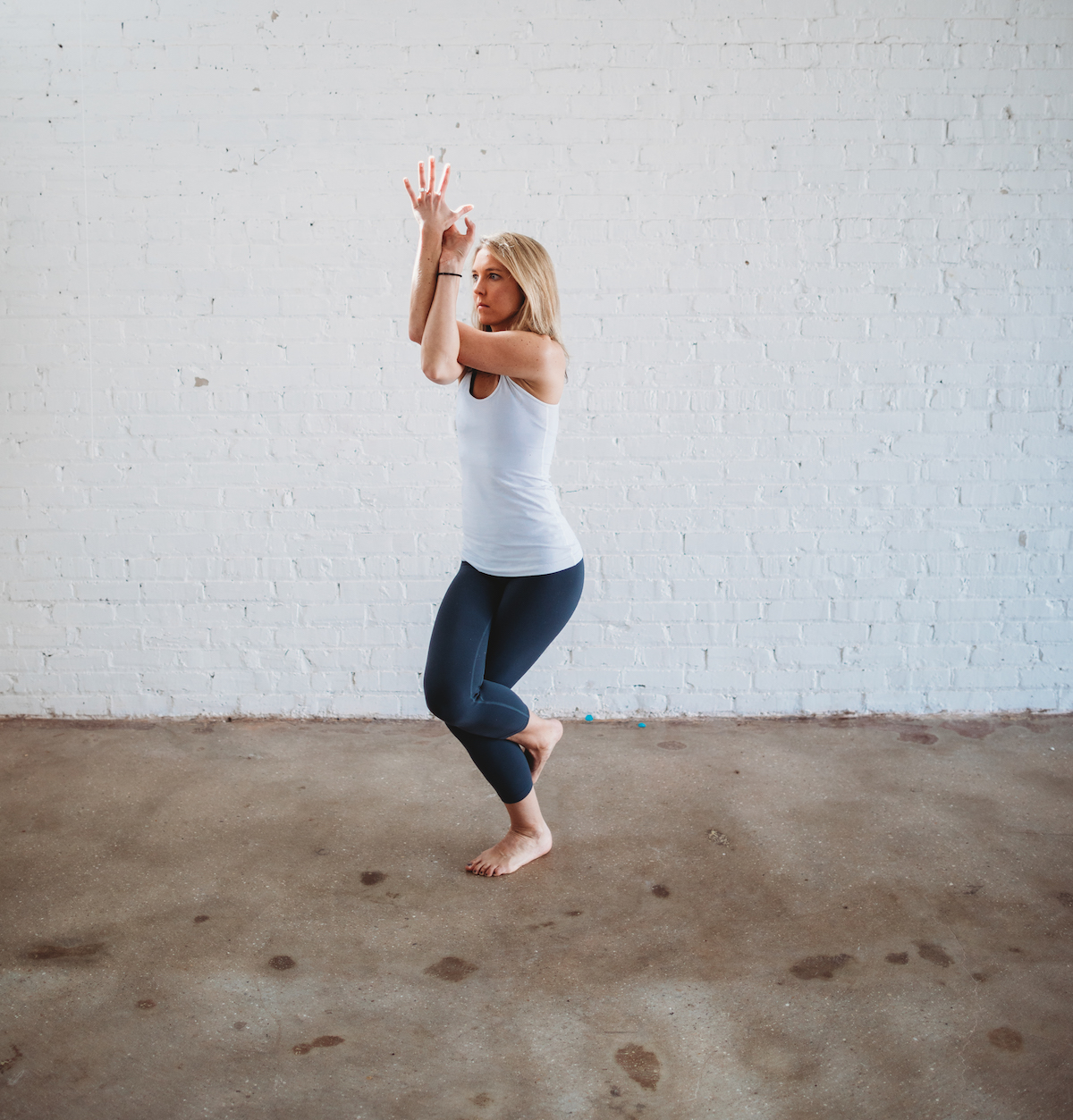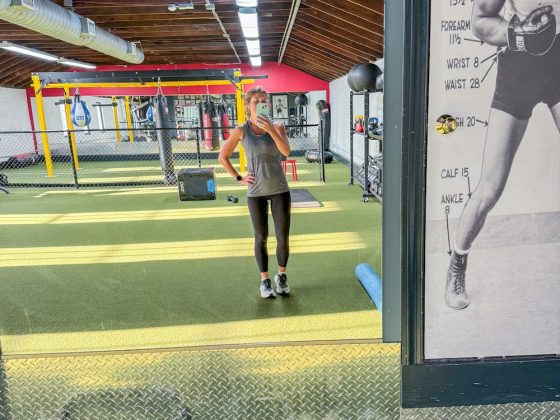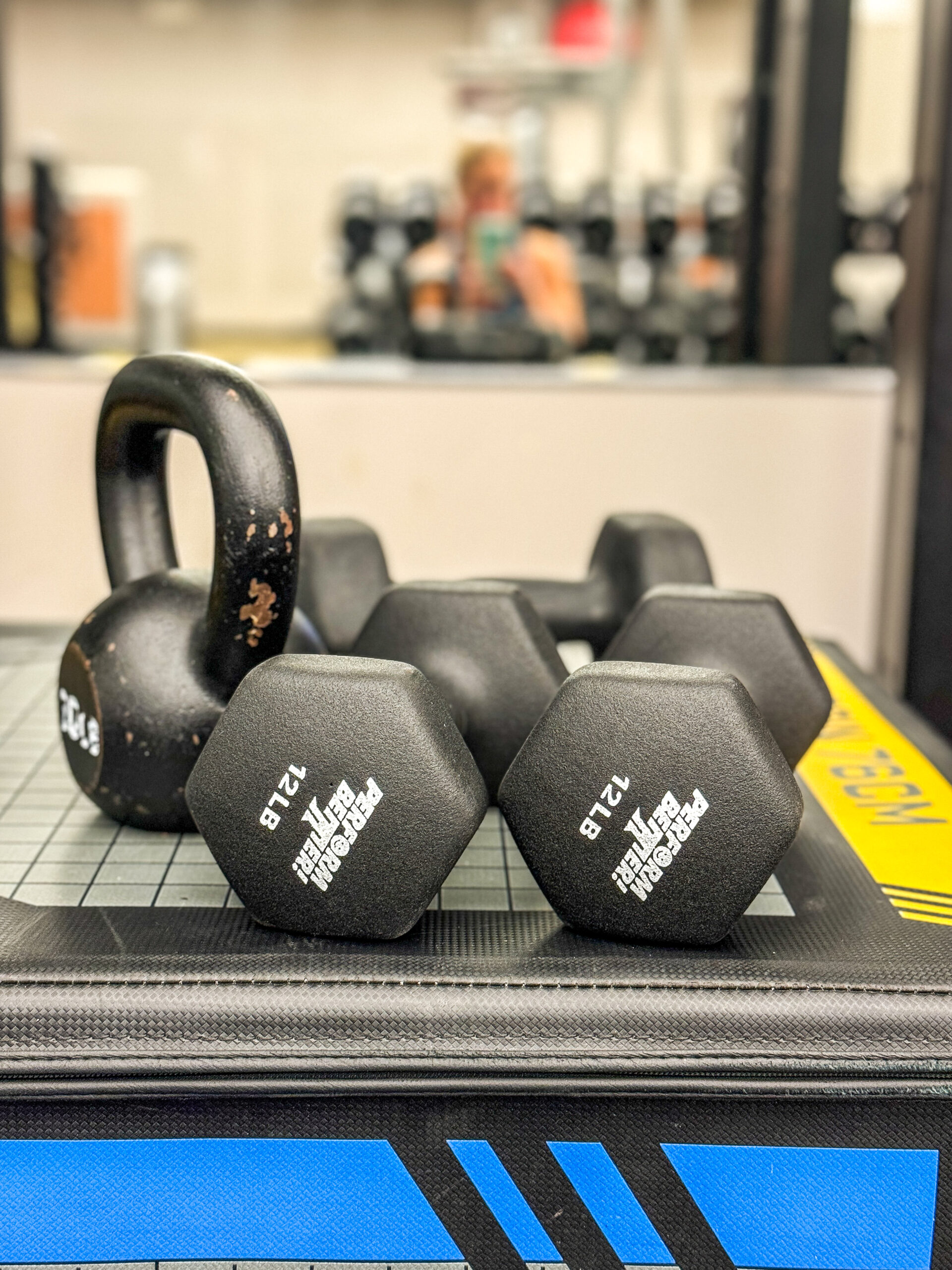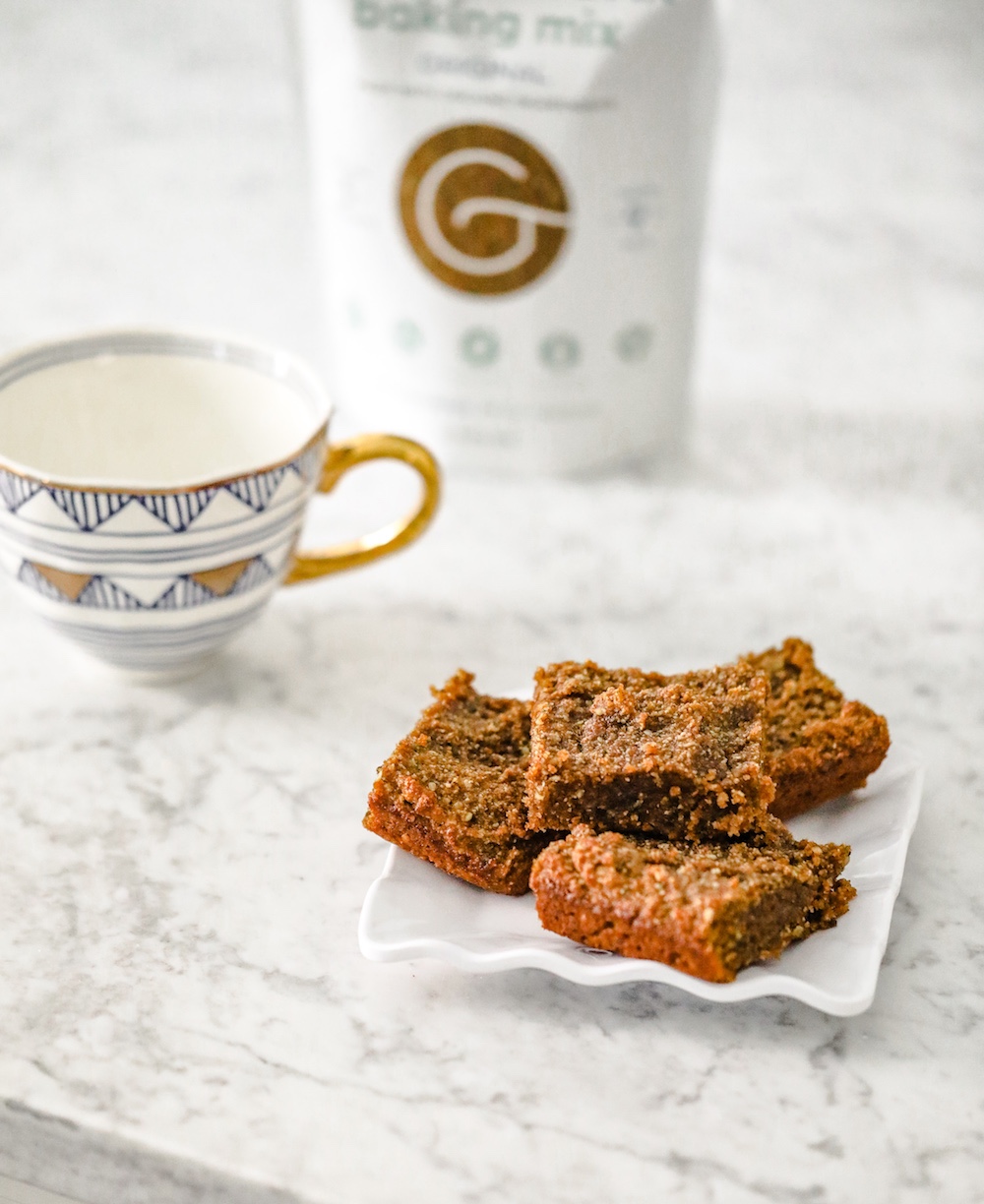Laying in bed watching Netflix all day? As social distancing guidelines continue and gyms remain closed during this COVID-19 pandemic, it’s easy to let health and physical activity take a back seat.
You already know exercise is key to good health and wellbeing. Getting that blood pumping helps boost mood and prevents chronic illnesses including diabetes and heart disease. It also protects against numerous age-related conditions such as loss of cognitive function and sarcopenia — the loss of muscle associated with aging.
Research shows longevity is linked to physical activity. A 2018 review article published in Missouri Medicine found that individuals who engaged in frequent light-to-moderate exercise lived on average 5.5 years longer than their sedentary counterparts. Another 2018 study published in PLoS Onefound that a sample of 67 ultra-marathon runners had 11% longer telomeres, corresponding to a 16.2-year biological age compared to their healthy counterparts. Telomere length is identified as a marker of biological age, and shorter telomere length is linked to greater risk of cardiovascular disease.
When it comes to exercise, consistency is key.
“Sustained cardiovascular exercise for 30 minutes, five-times a week is recommended if you have been cleared by your physician,” says Dr. Jennifer Haythe, MD, a Critical Care Cardiologist at New York-Presbyterian Columbia University Irving Medical Center. The American Heart Association recommends 150 minutes per week of moderate-intensity aerobic activity, or 75 minutes per week of vigorous aerobic activity. It’s great for adults to get a combination of both, preferably spread throughout the week.
Not sure how to stay active without the gym? Here are some cardiologist-approved exercise recommendations to stay healthy and fit within the comfort of your own home.
1. Aerobic Exercise
Also known as “cardio,” this activity speeds your breathing and heart rate. It keeps your cardiovascular system healthy by relaxing blood vessel walls, lowering blood sugar levels, reducing inflammation, decreasing blood pressure and more. Over time, it helps the body build endurance and burns body fat.
Cardio workouts are easy to do at home with little to no equipment. Get grooving with an online fitness program like dance or Zumba. For something outdoors, try jogging at a local trail or cycling though your neighborhood’s less busy streets. Pro tip: While traveling, pack a jump rope for cardio on-the-go. If you want to get fancy, try one of Popsugar Fitness’s cardio, sculpt, and dance classes on YouTube and get moving.
2. Agility Training
More commonly associated with athletes, agility training involves short bursts of movement while rapidly changing direction. This type of training improves speed, coordination, reaction time and balance. Not only does this help burn calories, it takes deep focus and concentration which is exercise for the brain.
Shuttle runs are a popular workout by both the U.S. Military Academy and National Football League. Sprint back and forth between markers set up in a pattern. Similar to shuttle runs, agility exercises are super interactive and generally involve quite a bit of equipment. Here’s a list of agility exercises you can try at home.
3. Balance Training
This will strengthen your core muscles and improve stability. It’s also beneficial for your vision, inner ear, leg muscles and joints. Balance is especially important to prevent age-related conditions, as it helps us feel steadier and avert falls.
Balance exercises are flexible to partake in at home. The practice of yoga incorporates balancing postures. Another popular one is Tai Chi; a low-impact, slow-motion exercise with movements and breath. To get started, find a local instructor in your area or watch a series of YouTube videos from experts.
Also, try reading and watching Tai Chi for Beginners, a program developed by Dr. Paul Lam for a gentle start.
4. Strength Training
A classic gym go-to, strength training improves power and endurance. Using weights builds muscle mass, which we often lose as we age. It also heightens bone growth, improves balance and posture, and reduces lower back pain.
Before doing any heavy lifting, it’s recommended that you speak to a fitness expert. Comprehensive weight training programs are available at home with basic equipment. Try the Sweat with SELF workout classes on YouTube hosted by experts. It’s designed to function like an in-person group fitness class. Some segments of the routine may require dumbbells and/or kettlebells, but most do not need anything but your body weight.
5. Flexibility Exercises
Seriously, stretching feels so good. Also, It makes your muscles longer and more flexible. Muscles shorten and do not function properly as we age, therefore flexibility is key to reduce the risk of muscle damage and pain. Stretching also helps with the performance of day-to-day tasks, like bending down to tie your shoes.
Flexibility exercises are generally conducted in warm-up and cool-down workout routines. This prevents injury by releasing muscle tension and facilitating relaxation. Yoga is one of the most popular exercise routines in the world, and it’s all about stretching. It combines breathing, movement and meditation, which is great for your body and your mind.
Try the Yoga for Uncertain Times series on YouTube hosted by yoga instructor Adriene Mishler to help you feel relaxed and refreshed – even when quarantine is over. Additionally, Gratisfied’s partner The Yoga Shed offers an online streaming service for yoga classes.










